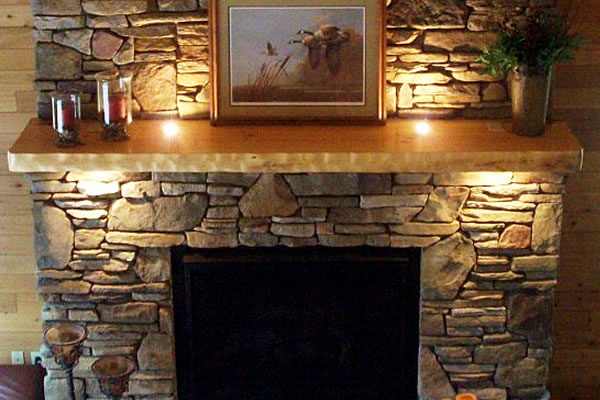Leaky chimneys are far more common than many homeowners realize. Though today’s prefabricated chimneys do not tend to leak as frequently as their masonry counterparts, both can (and from time to time do) leak. If you’ve noticed any of the telltale signs of a leak, waiting until spring to take care of it can result in thousands of extra dollars in repairs. Here are some of the reasons why you should call a professional right away.
Faulty Flashing
Chimneys tend to leak for one of two reasons. The first has to do with faulty flashing, or the metal that lines the area where the chimney and the roof meet. The flashing is designed to keep moisture from entering this area and causing damage, but it can sometimes become warped – especially during freeze and thaw cycles as freezing water expands and “pushes” the flashing upward. Over time, the gap between the flashing and the roof becomes larger and larger, allowing more and more water to flow into areas where it causes damage.
Flashing repairs are generally quick and inexpensive – even when performed by professionals. Ideally, a professional should discover the issue during a regular annual inspection, but if not, or if the issue has only recently occurred, water spots on your chimney are usually the first sign of a problem. By then, the damage could already be extensive, and waiting until spring for repairs will only make things worse.
A Bad (or Missing) Chimney Cap
A chimney cap is a piece of equipment that is designed specifically to keep rain, snow, ice, and even birds out of your chimney. Though they typically last for many, many years, things like severe weather and old age can cause them to fail. If your chimney cap rests on a masonry surface that has succumbed to spalling due to freeze and thaw cycles, it could be off-center or unlevel and allowing moisture to enter your flue directly. For many homeowners, the first sign of a chimney cap issue is a pungent odor that results from moisture mixing with soot and creosote in the chimney lining.
As the issue progresses, a full-on leak into the flue could develop. Many homeowners have reported hearing rainfall hitting their closed chimney dampers, and still others have noted rain falling all the way into their fireplaces when the damper is open. This is especially troublesome. Rainwater hitting your damper can eventually lead to rust and damper failure, and rain or melt falling into your fireplace can lead to spalling that is difficult (and expensive) to repair. Once again, a thorough annual inspection is the best way to prevent these issues.
If you are experiencing either of these issues, it is best to call a professional right away to resolve it. Waiting until spring may seem like the right thing to do given the harsh winter conditions, but by then, the damage could be extensive, and the repair costs could be astronomical. As always, hiring a CSIA-certified professional to inspect and clean your chimney once a year is the best way to prevent these issues.





